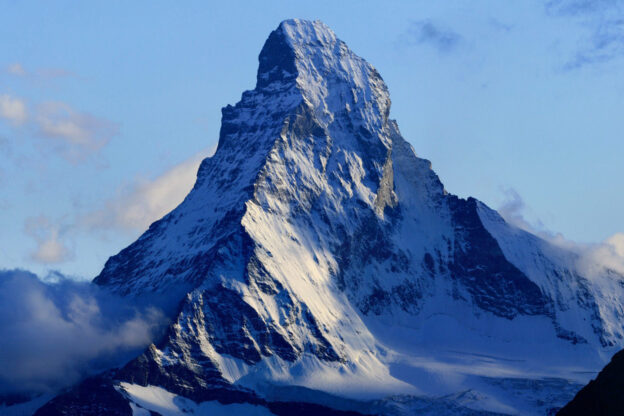1. Annapurna I (Nepal, 8,091 m)
- Fatality-to-summit ratio: Historically up to ~38%, making it the deadliest eight-thousander, with around 72 deaths from 365 summits as of 2022 Wikipedia+12Thrillist+12RumbleRum+12Wikipedia+1RumbleRum+1
- Why it’s terrifying: Prone to frequent avalanches, unpredictable weather, and climbers face one of the steepest south faces in the Himalayas. A single 2014 storm caused 43 fatalities among trekkers and climbers alike Wikipedia
2. K2 – “The Savage Mountain” (Pakistan/China border, 8,611 m)
- Fatality-to-summit ratio: Approximately 23–25%, with roughly 96 climber deaths among about 800 summiters by 2023 WikipediaIndulgexpressRumbleRum
- Why it’s terrifying: Technical ice and rock climbing across features like the Bottleneck and serac-threatened slopes. Sudden storms, hazardous descents, and limited rescue infrastructure all add to the danger environmentandpollution.com+9blog.afrisharetrekkingandsafaris.com+9Indulgexpress+9
3. Nanga Parbat – “Killer Mountain” (Pakistan, ~8,126 m)
- Fatality-to-summit ratio: Around ~22%, with 64 deaths from 287 recorded ascents; some sources suggest even higher fatality estimates environmentandpollution.com+5Thrillist+5Wikipedia+5
- Why it’s terrifying: With the Rupal Face—one of the tallest uninterrupted mountain faces—it brings extremely steep and unstable terrain, frequent avalanches, and harsh weather, especially on early expeditions Indulgexpress+1GearJunkie+1
📊 Quick Comparison
| Mountain | Height | Fatality Ratio | Key Dangers |
|---|---|---|---|
| Annapurna I | 8,091 m | ~32–38% | Avalanches, steep slopes, severe weather |
| K2 | 8,611 m | ~23–25% | Technical ice/rock routes, serac collapse, unpredictable storms |
| Nanga Parbat | ~8,126 m | ~22% | Extremely steep terrain, Rupal Face, avalanche-prone conditions |
Why These Peaks Inspire Fear
- Unforgiving conditions: Long exposure in high altitude with minimal rescue infrastructure.
- Technical mastery required: Precise climbing with minimal room for error.
- Legendary danger: Names like “Killer Mountain” and “Savage Mountain” have haunted mountaineering lore for decades.
Would you like to dive into stories of specific climbing disasters, learn about other perilous peaks like Kangchenjunga or Dhaulagiri, or explore what routes climbers take and why?


